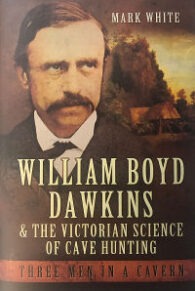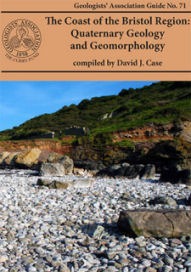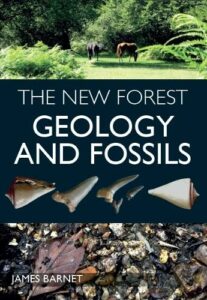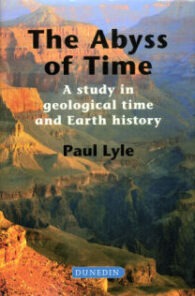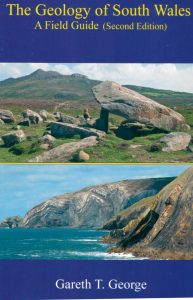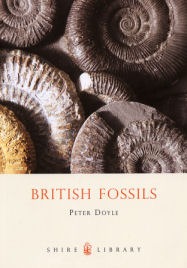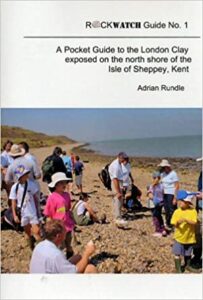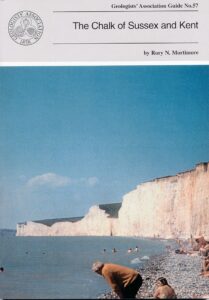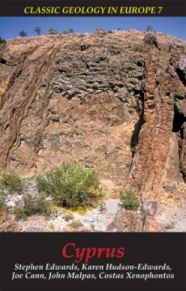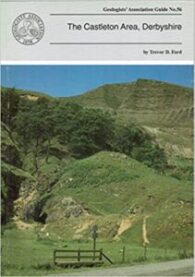William Boyd Dawkins is an immensely fascinating character, who dominated British geology during his time, and yet is mostly forgotten today. He received a professorship and a knighthood, along with many top awards, and yet Mark Wright, in this excellent biography, describes him as “a liar and probably a cheat”.
